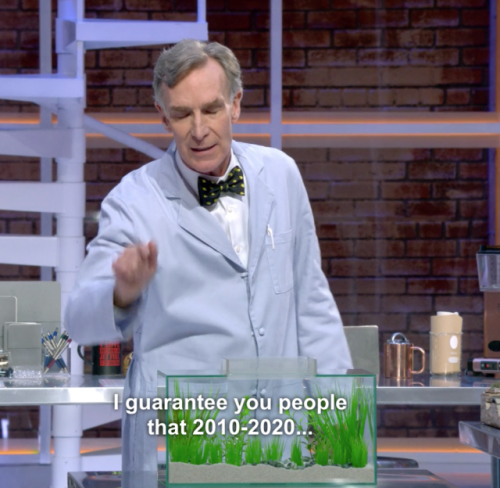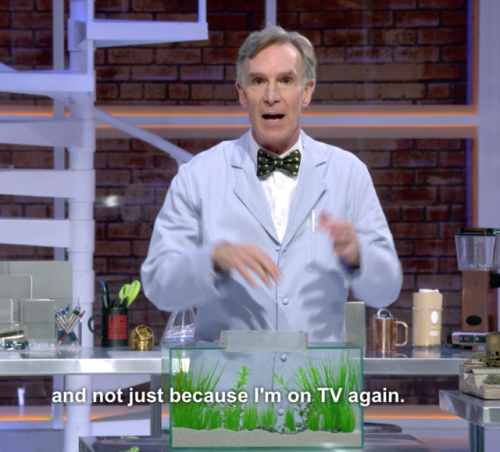*me On Ellen*
*me on ellen*
ellen: so i hear u like spyro the dragon
me: yeah i guess u could say i’m a bit of a fan
*everyone in the audience turns to crystal*
me: omg ellen u didn’t
More Posts from Tres-4b-blog and Others
Chris Hadfield: What I learned from going blind in space
There’s an astronaut saying: In space, “there is no problem so bad that you can’t make it worse.” So how do you deal with the complexity, the sheer pressure, of dealing with dangerous and scary situations? Retired colonel Chris Hadfield paints a vivid portrait of how to be prepared for the worst in space (and life) – and it starts with walking into a spider’s web. Watch for a special space-y performance.

Esse é o Objeto de Hoag, uma galáxia curiosa do tipo anelar: seu núcleo é rodeado por um anel de estrelas, gás e poeira. Sua origem é um mistério, pois galáxias anelares são formadas quando uma galáxia atravessa a outra. Nesse caso não há nenhuma galáxia nas imediações que possa ter feito isso. . This is the Hoag’s Object, a curious galaxy in the the shape of a ring: its nucleus is surrounded by a ring of stars, gas and dust. Its origins remains a mystery, as other ring galaxies are formed when one galaxy passes through another galaxy. In this case, there is no candidate for the bullet galaxy in the vicinity. . Credit: NASA . #nasa #hubble #hubblespacetelescope #telescope #telescopio #astronomia #astronomy #ring #anel #galaxy #galaxia #space #espaço #mistery #misterio #hoag #astrogram #observatoriog1 #bullet #alvo #target










We Have Now Reached The Limits Of The Hubble Space Telescope
“Finally, there are the wavelength limits as well. Stars emits a wide variety of light, from the ultraviolet through the optical and into the infrared. It’s no coincidence that this is what Hubble was designed for: to look for light that’s of the same variety and wavelengths that we know stars emit.
But this, too, is fundamentally limiting. You see, as light travels through the Universe, the fabric of space itself is expanding. This causes the light, even if it’s emitted with intrinsically short wavelengths, to have its wavelength stretched by the expansion of space. By the time it arrives at our eyes, it’s redshifted by a particular factor that’s determined by the expansion rate of the Universe and the object’s distance from us.
Hubble’s wavelength range sets a fundamental limit to how far back we can see: to when the Universe is around 400 million years old, but no earlier.”
The Hubble Space Telescope, currently entering its 30th year of service, has literally revolutionized our view of the Universe. It’s shown us our faintest and most distant stars, galaxies, and galaxy clusters of all. But as far back as it’s taken us, and as spectacular as what it’s revealed, there is much, much more Universe out there, and Hubble is at its limit.
Here’s how far we’ve come, with a look to how much farther we could yet go. It’s up to us to build the tools to take us there.





-
 ironicsnap liked this · 3 years ago
ironicsnap liked this · 3 years ago -
 wooglah reblogged this · 3 years ago
wooglah reblogged this · 3 years ago -
 bentleysglasses reblogged this · 3 years ago
bentleysglasses reblogged this · 3 years ago -
 mark-the-dragon1990 liked this · 4 years ago
mark-the-dragon1990 liked this · 4 years ago -
 funghost23 reblogged this · 5 years ago
funghost23 reblogged this · 5 years ago -
 funghost23 liked this · 5 years ago
funghost23 liked this · 5 years ago -
 sucklett liked this · 5 years ago
sucklett liked this · 5 years ago -
 crunkleydunkle liked this · 5 years ago
crunkleydunkle liked this · 5 years ago -
 dubwoofer-archive liked this · 5 years ago
dubwoofer-archive liked this · 5 years ago -
 skapunkjunk liked this · 5 years ago
skapunkjunk liked this · 5 years ago -
 ticklish-wyvern reblogged this · 5 years ago
ticklish-wyvern reblogged this · 5 years ago -
 the-port-mafia reblogged this · 6 years ago
the-port-mafia reblogged this · 6 years ago -
 infrajoy reblogged this · 6 years ago
infrajoy reblogged this · 6 years ago -
 cyberneticspacerock liked this · 6 years ago
cyberneticspacerock liked this · 6 years ago -
 villaplume liked this · 6 years ago
villaplume liked this · 6 years ago -
 supermechabadger reblogged this · 6 years ago
supermechabadger reblogged this · 6 years ago -
 tres-4b-blog reblogged this · 6 years ago
tres-4b-blog reblogged this · 6 years ago -
 7kyanitestars liked this · 6 years ago
7kyanitestars liked this · 6 years ago -
 yummywuzhere reblogged this · 6 years ago
yummywuzhere reblogged this · 6 years ago -
 80smotley reblogged this · 6 years ago
80smotley reblogged this · 6 years ago -
 cheesychelsea reblogged this · 6 years ago
cheesychelsea reblogged this · 6 years ago -
 cheesychelsea liked this · 6 years ago
cheesychelsea liked this · 6 years ago -
 muppetkin liked this · 6 years ago
muppetkin liked this · 6 years ago -
 perennii liked this · 6 years ago
perennii liked this · 6 years ago -
 captain-calamaria reblogged this · 6 years ago
captain-calamaria reblogged this · 6 years ago -
 idiosyncraticism reblogged this · 6 years ago
idiosyncraticism reblogged this · 6 years ago -
 rabiesworld liked this · 6 years ago
rabiesworld liked this · 6 years ago -
 littlepancake reblogged this · 6 years ago
littlepancake reblogged this · 6 years ago -
 boy-with-the-demon-blood liked this · 6 years ago
boy-with-the-demon-blood liked this · 6 years ago -
 mattradicalmaster liked this · 6 years ago
mattradicalmaster liked this · 6 years ago -
 systemofavox liked this · 6 years ago
systemofavox liked this · 6 years ago -
 zec-draws liked this · 6 years ago
zec-draws liked this · 6 years ago -
 sigma0426a reblogged this · 6 years ago
sigma0426a reblogged this · 6 years ago -
 munmunwerewoof liked this · 6 years ago
munmunwerewoof liked this · 6 years ago -
 theweirdalpaca reblogged this · 6 years ago
theweirdalpaca reblogged this · 6 years ago -
 st-jimmys-sister reblogged this · 6 years ago
st-jimmys-sister reblogged this · 6 years ago -
 rowruffs reblogged this · 6 years ago
rowruffs reblogged this · 6 years ago -
 rowruffs liked this · 6 years ago
rowruffs liked this · 6 years ago -
 dragonbornoflegend reblogged this · 6 years ago
dragonbornoflegend reblogged this · 6 years ago








